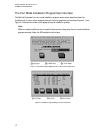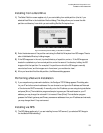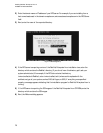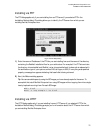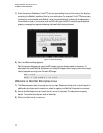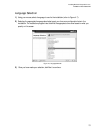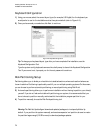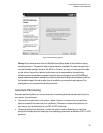Installing Red Hat* Enterprise Linux 4*
Intel® Server Board S5000PAL
18
2) The installation program then probes your system and attempts to identify your CD-ROM drive. It
starts by looking for an IDE (also known as an ATAPI) CD-ROM drive. If found, continue to the next
stage of the installation process (refer to the Language Selection section).
Note: To abort the installation process at this time, reboot your machine and then eject the boot
media. You can safely cancel the installation at any point before the “About to Install” screen. Refer
to the “Preparing to Install” section for more information.
If your CD-ROM drive is not detected, and it is a SCSI CD-ROM, the installation program prompts you to
choose a SCSI driver. Choose the driver that most closely resembles your adapter. You may specify
options for the driver if necessary; however, most drivers detect your SCSI adapter automatically.
What If the IDE CD-ROM Was Not Found?
If you have an IDE (ATAPI) CD-ROM on an x86 or Intel® 64 system, but the installation program fails to
find your IDE (ATAPI) CD-ROM and asks you what type of CD-ROM drive you have, try the following boot
command. Restart the installation, and at the boot: prompt enter linux hdX=cdrom. Replace X with one
of the following letters, depending on the interface the unit is connected to, and whether it is
configured as master or slave (also known as primary and secondary):
• a — first IDE controller, master
• b — first IDE controller, slave
• c — second IDE controller, master
• d — second IDE controller, slave
If you have a third and/or fourth controller, continue assigning letters in alphabetical order, going from
controller to controller, and master to slave.





